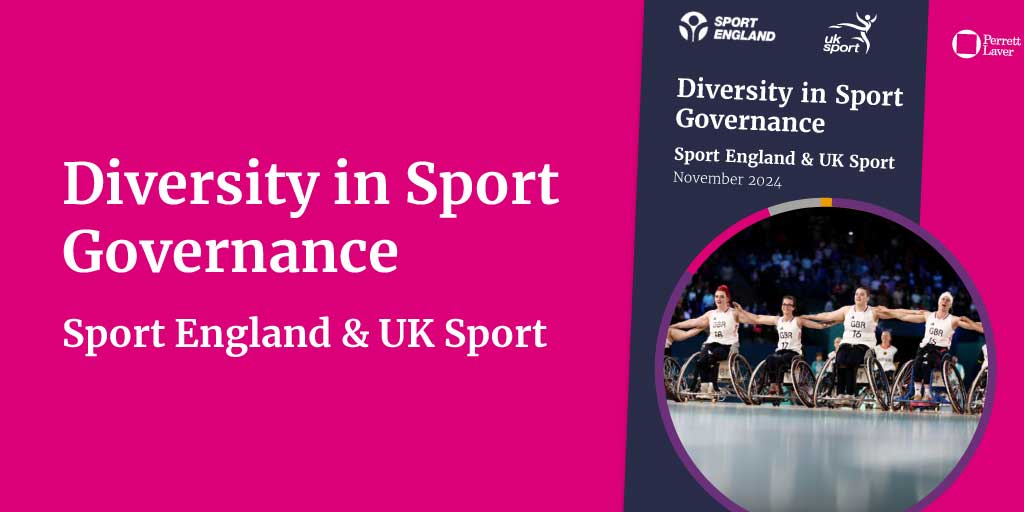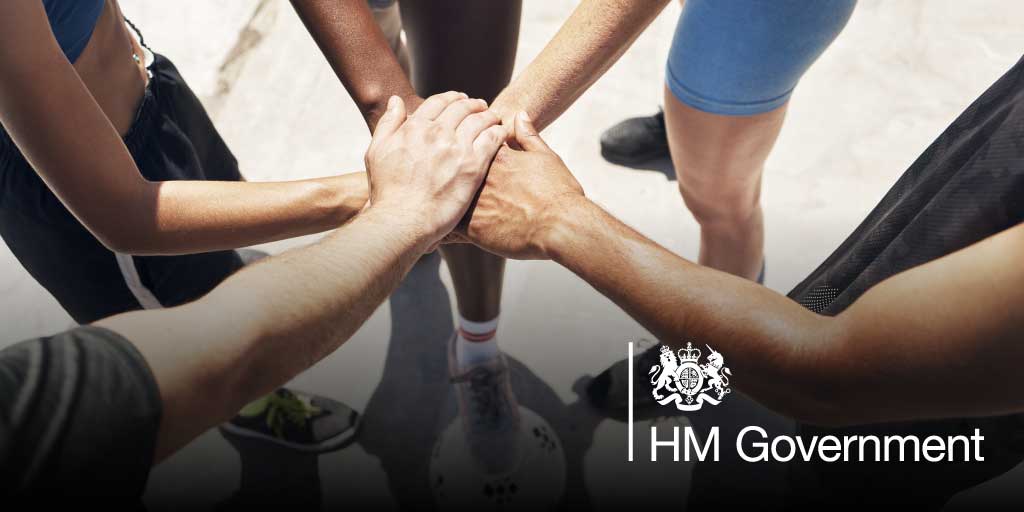The concept of ‘levelling up’, first mentioned in the Autumn Budget and the Conservative conference, has prompted serious interest amongst many sectors, not least the activities industry. The national government entered the phrase into the conversation as a pathway to recover, becoming their answer to the pressure of inequality, poverty, and deprivation exacerbated by the pandemic.
For the activities sector, the last few years have been tumultuous. There have been commitments made to school sport, facilities, and the pupil premium from the government, which has shown a degree of support for public physical activity. Yet the piecemeal application of recovery investment has left the sports, fitness, and activities sector wondering whether the investment that could have been ringfenced for public health and fitness had been moved to initiatives that had shown little dividends.
The premise of the ‘levelling up’ agenda is to create an even playing ground. To banish pockets of prosperity and create opportunity across the nation. Yet, for the activities sector, the sector needs its role to be fully realised as a pathway toward long-lasting nationwide recovery.
The Challenge
The ‘levelling up’ agenda focuses on closing the gaps of inequality that exist in the UK by 2030. With fewer than 10 years to complete this agenda and the exacerbation of pre-existing issues such as centralised wealth, deindustrialisation, and skills deficits, this promises to be a difficult task.
Despite the invariable success of cities such as Birmingham, Leeds, and Glasgow, for many, these cities are still hubs of deprivation. Many families living in poverty struggle to afford household bills on lower-than-average salaries or sacrifice work when cost-effective childcare becomes impossible to acquire.
Isolationism has been strengthened by the current political landscape. The public is looking for a return on Brexit promises as a result of the backlash against globalisation and the shift away from industrialisation. Furthermore, traditional educational routes to university and employment that centralises in large cities have left poverty and inequality in their wake.

So how does this white paper address these falling standards?
Read on to find out…
1. Supporting upskilling and educational goals
Consistent coverage of the impact of COVID-19 has been a regular occurrence in the British news. None more so than the effect that the pandemic had on school children, who had to learn online with parents, or in isolation and without any viable physical activity. To compensate, the ‘levelling up’ agenda focusses its attention on reading, writing, and maths, with a commitment to ensuring the expected standard for at least 90% of children in England.
For under-performing schools, the expectation is that a third more children will meet the expected standard. School improvement will be made through new Education Investment Areas (EIAs) that will focus investment on the weakest performing school districts. Whilst investment is key, creating a blueprint that builds flexibility is essential. Physical activity can and should be seen as a conduit for academic goals as well as a core necessity.
2. Investing in public transport and active travel
The government has set aside £96bn to implement the Integrated Rail Plan that will improve the rail network in the North and the Midlands. £24bn will go to the nation’s busiest roads and motorways, £5bn to buses, cycling, and walking networks to bring the rest of the country closer to London’s transport standards.
Investing in public transport links can open up a world of opportunity. But for those active travel networks, creating infrastructure is only a part of the story. Take the Netherlands, for example. It’s not just investment but a shift in culture. They embraced cycling and walking infrastructure until they became core to how they interacted with their environment.
In London, cycling networks are common. However, safe cycling, where there is recognition for the rights of all vehicle users and pedestrians, is not. Safe active travel can only take place in environments where proper training, including respect for the rights of all road users, has to be the primary target.
3. Harnessing social prescribing to reduce gaps in health inequality
Treatment for people with life-threatening conditions caused by obesity, poor diet, and lack of exercise is expensive. The ‘levelling up’ agenda addresses the health disparities in the UK’s poorest and looked to recommendations from partners as to how to increase life expectancy standards in 2030.
The government will be taking forward recommendations from Henry Dimbleby’s independent review toward the creation of a National Food Strategy and the piloting of a Community Eatwell project. They will also introduce a new Tobacco Control Plan and set up at least 100 Community Diagnostic Centres in England by 2025 to improve access to diagnostic services.
But the key to this is preventative social prescribing. Creating a better response to obesity and poor diet only strengthens the pathway to this problem. Strong connections between community partners and medical professionals can result in exercise being used as a conduit for preventative outcomes.
There is a myriad of areas where this can be used proactively, from mental health support to reducing those who develop Type 2 Diabetes. Coordinating with community coaching and activities can create healthy physical practices that prevent illnesses linked to obesity from ever arising for both children and adults.
4. Working with the activities sector to deliver activity alongside new facilities
The UK government has committed itself to deliver better sports facilities across the UK. Working with the Football Foundation in England, Scotland, Wales, and Northern Ireland, they will deliver funding for over 800 new grass pitches and 60 new artificial grass pitches in England, building to £205m for more across the UK in the next three years.
Facilities, once again, are just a portion of the picture. Making sure that these facilities are accessible to commercial and community-driven partners and can be actively maintained can drive multiple goals. From reducing crime to creating commercial value, working with companies and organisations is of the utmost importance to meeting goals for Safer Streets and for improving social capital.
Conclusion
Strong connections with community-led partners in the activities sector can build actively upon these national goals. Whilst these goals may not present a new analysis of the nation, largely they are prompted by problems that have festered to breaking point in recent years. What is clear, however, is that seeking the same solutions for these problems is not the answer.
A combination of external commercial partnership and social prescribing is essential to meet the goals of the future. Sport and physical activity have shown when used by activity providers to empower participants can be channelled towards positive outcomes.









